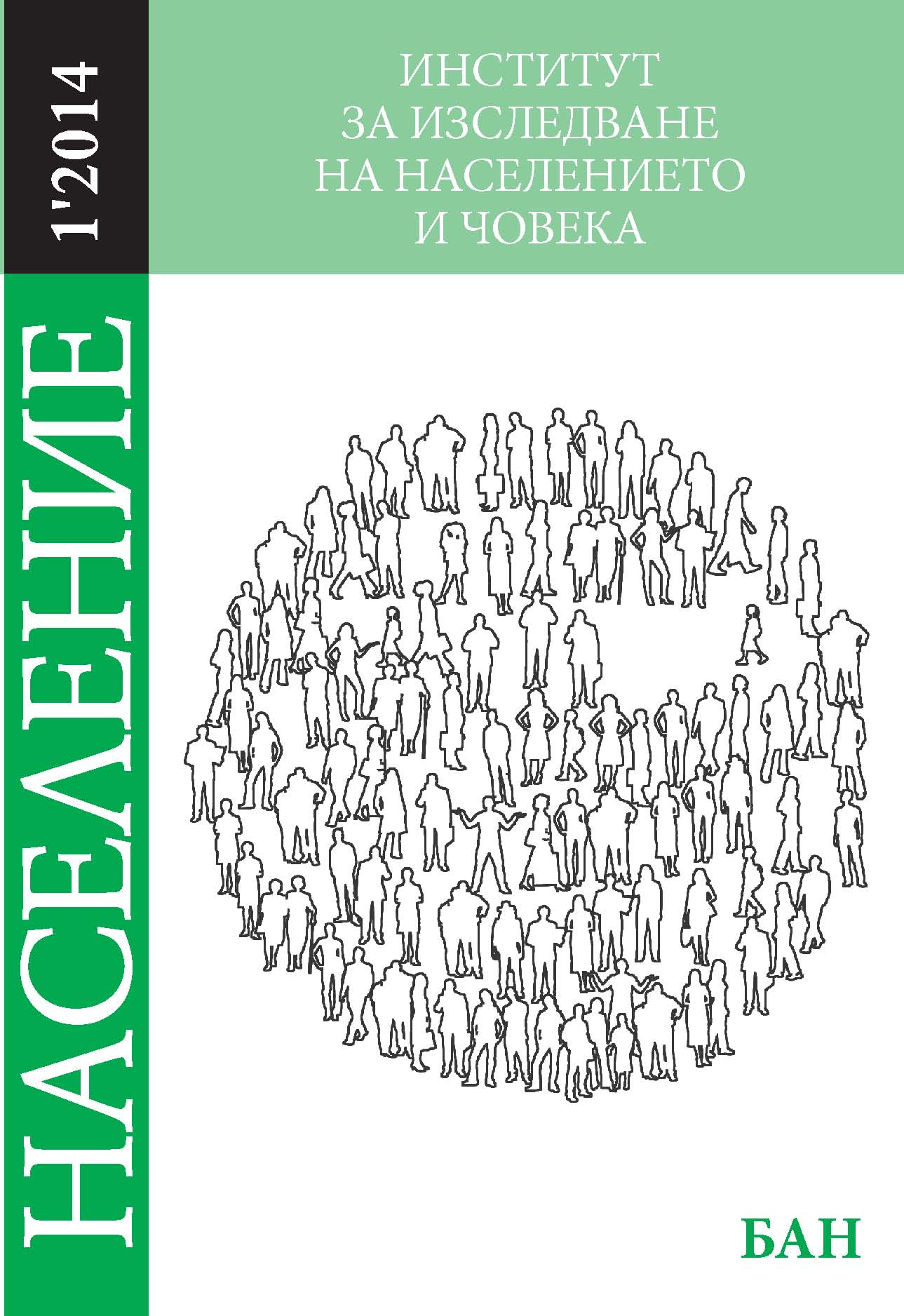
We kindly inform you that, as long as the subject affiliation of our 300.000+ articles is in progress, you might get unsufficient or no results on your third level or second level search. In this case, please broaden your search criteria.

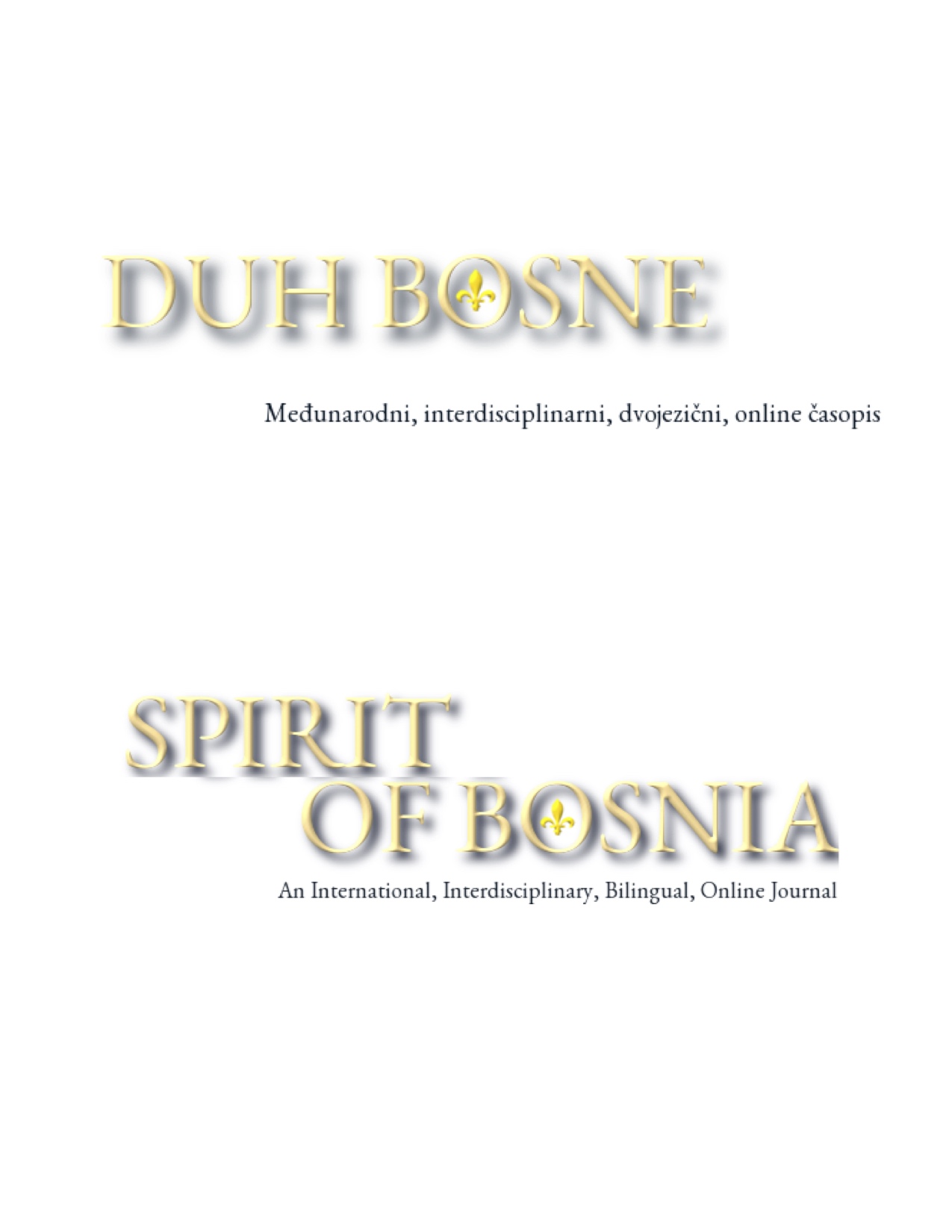
It is difficult to understand the executioners of the genocide in Srebrenica. What were they doing? Why were they doing it? What were they thinking? How could they have done what they did? In Srebrenica MCMXCV [2017], Emir Suljagić recounts a testimony from an executioner told to the International Criminal Tribunal for the former Yugoslavia after a massacre near Srebrenica in July 1995: From that pile, that heap of dead bodies that did not resemble human bodies any more, a human being emerged. I said human being, but it was actually a boy, five or six years old. It was unbelievable. Unbelievable. A human being came out and started walking towards a path, a path along which men were standing, doing their job, carrying automatic rifles… And then, out of nowhere they all put their guns down and all of them were just paralysed. And it was only a child in front of them. . . . And this child was covered in the tissue and intestines of other humans . . . And this child emerged from the pile of executed people, calling: «Babo»…. this is their word for father. The boy said, «Babo, where are you?»
More...
It is difficult to understand the executioners of the genocide in Srebrenica. What were they doing? Why were they doing it? What were they thinking? How could they have done what they did? In Srebrenica MCMXCV [2017], Emir Suljagić recounts a testimony from an executioner told to the International Criminal Tribunal for the former Yugoslavia after a massacre near Srebrenica in July 1995: From that pile, that heap of dead bodies that did not resemble human bodies any more, a human being emerged. I said human being, but it was actually a boy, five or six years old. It was unbelievable. Unbelievable. A human being came out and started walking towards a path, a path along which men were standing, doing their job, carrying automatic rifles… And then, out of nowhere they all put their guns down and all of them were just paralysed. And it was only a child in front of them. . . . And this child was covered in the tissue and intestines of other humans . . . And this child emerged from the pile of executed people, calling: «Babo»…. this is their word for father. The boy said, «Babo, where are you?»
More...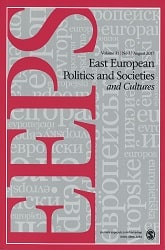
Analyzed here is the cliche that Jews welcomed the Soviet occupation of southeastern Poland in 1939 and willingly collaborated with the Communist administration set up in these territories. It was widely shared in Polish society during the war years, and it was never subsequently challenged by historians. It stands out as an example of either extraordinary self-reflective lucidity in a sociery under occupation, or else of an uncritical dullness on the part of historians who simply incorporated into their interpretations what was believed at the time. [...]
More...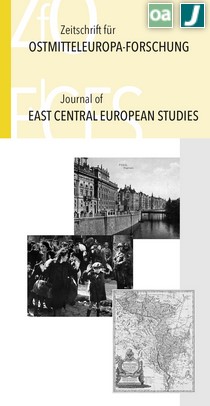
Review of: Maike Rotzoll - Ross W. Halpin: Jewish Doctors and the Holocaust. The Anatomy of Survival in Auschwitz. De Gruyter – Oldenbourg. Berlin – Boston 2018. XX, 233 S., Ill., graph. Darst. ISBN 978-3-11-059604-5. (€ 68,95.)
More...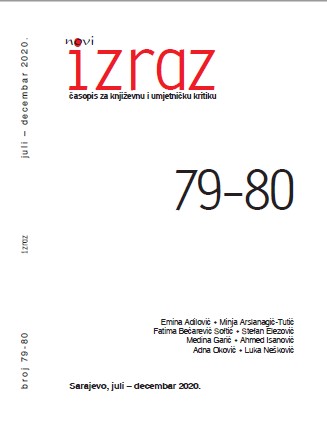
Realnost poratnog postjugoslovenskog društva dominantno je oblikovana etnonacionalističkom ideologijom koja u ratu 90‑ih pronalazi izvor formiranja kolektivnog identiteta. Jedno od fundamentalnih toposa (po)ratnog narativa i njegovih medijskih reprezentacija jeste samoviktimizacija, odnosno autoreprezentacija žrtve. Kao identitarno obilježje kolektiva, pozicija žrtve (etnije ili nacije kao žrtve) osigurava moralnu superiornost etnije ili nacije, homogenizira, unificira, mobilizira zajednicu polarizacijom ratnog sukoba na odnos žrtva‑zločinac koji implicira svijest: ako sam žrtva, ne mogu biti zločinac. Eksplicitna etnonacionalistička ideologija postjugoslovenskog društva, a time, kao njen dio, i diskurzivna borba za status žrtve, određuje značajan dio poetike postjugoslovenskog igranog filma. Nakon prvog dijela rada u kojem razmatram važnost samoviktimizacije za etnonacionalističku ideologiju, u drugom dijelu analiziram uticaj takve ideologije na filmsku produkciju, uticaj koji je rezultirao nastansku tzv. filma samoviktimizacije kao posebnog žanra unutar postjugoslovenskog igranog filma. Film samoviktimizacije analiziram unutar tri postjugoslovenske kinematografije: srpske (Nož), hrvatske (Bogorodica i Četverored) i bosanskohercegovačke (Go West). U radu se ne bavim historiografskim, faktografskim, statističkim podacima, niti uzrocima, razlozima, krivcima, već autoreprezentacijom žrtve putem analitičkog metoda razumijevanja logike i mahanizama samoviktimizacije i njenog značaja za oblikovanje nacionalnog poratnog identiteta.
More...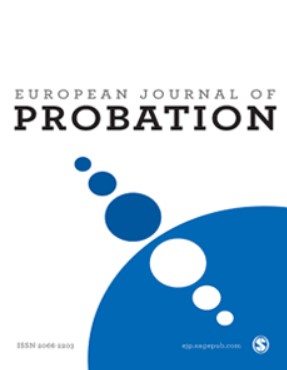
This article considers often contrasting theoretical approaches to sexual and non-sexual offending by comparing some influential accounts of the causes of sexual offending and examining the role of socio-cultural factors in the offending process. It also examines how desistance theories may be applied to this complex interaction between psychological factors and socio-cultural ones. The article concludes that there is a strong theoretical argument for substantial socio-cultural elements of sexual offending. It also argues that desistance theories may be applied for the same reason, but also because the causal and desistance process may be thought of as two separate processes. Moreover, and related to the second point, many criminological theories position offending behaviour not in the action that is considered a crime, but the fact that this action is a crime, meaning that both resistance to and desistance from sexual offending can be viewed in the context of general criminological theories.
More...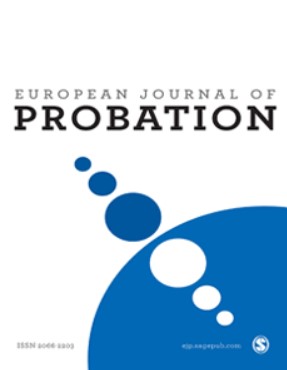
Review of: Maria Razumovskaya - Mary Anne McFarlane and Rob Canton (eds) Policy Transfer in Criminal Justice. Crossing Cultures, Breaking Barriers, Palgrave Macmillan, 2014; 336 pp.: ISBN 9781137300591, £70.00 (hbk)
More...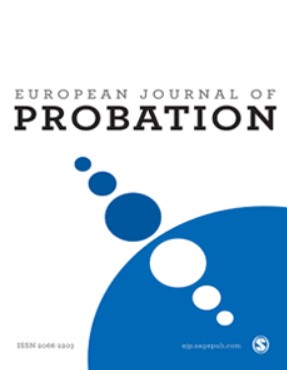
Presenting findings of an unparalleled study, mapping the extent of restorative practices in Northern Ireland, this article argues that while some examples of the use of restorative justice in Northern Ireland have been researched in detail, it is in fact being employed in a much wider range of contexts, including schools and children’s care homes. This diversity in restorative justice deployment is used to frame arguments for restorative justice to be given stronger footing by government citing the great potential for Northern Ireland to become a ‘restorative society’. Key findings from the mapping research are presented as an explanation for previous growth in restorative practices to date and as a facilitator for further growth both in Northern Ireland and in other jurisdictions. These include recognition that the definition and application of restorative justice must be determined by situation and context, and that the continued expansion of restorative practices is dependent on the cross-fertilisation of ideas both from abroad, but also between organisations within a jurisdiction.
More...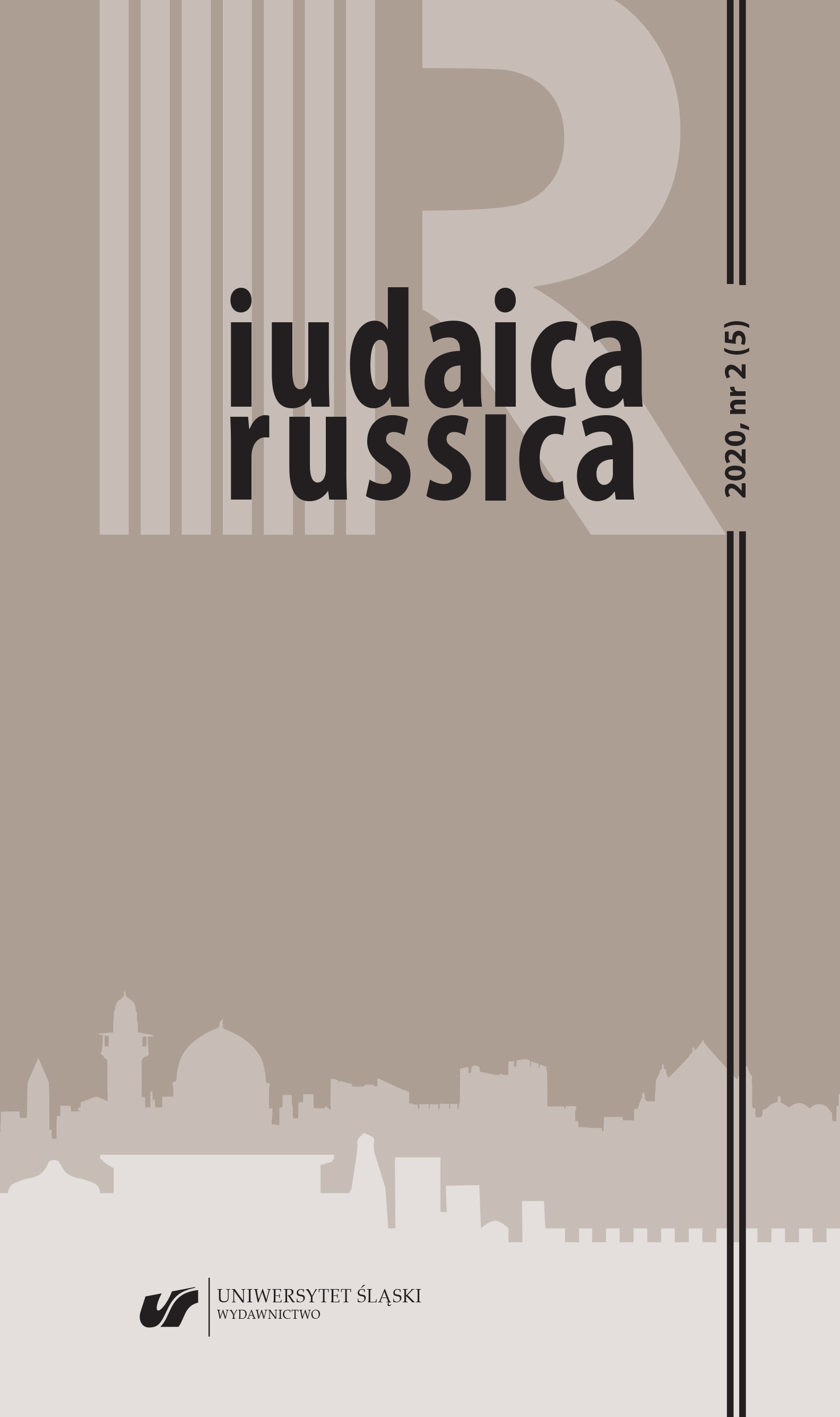
W kolejnych dwóch częściach artykułu na przykładzie twórczości czterech izraelskich poetek (Alex Rif, Nadi-Adiny Rose, Yael Tomashov i Rity Kogan) zaprezentowane zostały kulturowo-estetyczne właściwości poezji hebrajskiej przedstawicieli młodego pokolenia — tzw. generation one and a half — dzieci wychodźców z byłego ZSRR. Obszernie omówiono kwestię dziedzictwa oraz transformacji kulturowej i psychologicznej, a także praktyk poetyckich odróżniających poszczególnych autorów, w twórczości których wspomniane dziedzictwo i transformacja są obecne. Niniejszy artykuł poświęcony jest utworom Yael Tomashov i Rity Kogan (część pierwsza traktująca o twórczości Alex Rif, Nadi-Adiny Rose ukazała się w poprzednim numerze).
More...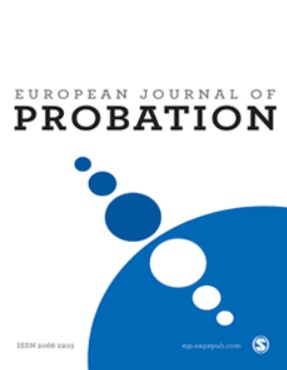
Review of: Keith Davies - Bhui, H.S. (ed) (2009) Race and Criminal Justice. London: Sage
More...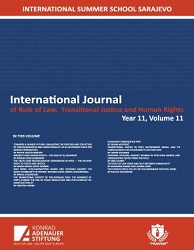
The Truth and Reconciliation Commission in Peru operated from 2001 until 2003, working on the conflict which took place from 1980 until 2000. At the end of their mandate, they published an expansive report explaining the causes and the consequences of the conflict. The aim of the Truth and Reconciliation Commission in Peru was to protect the victims and give them their right to truth and justice. The right to truth and justice is internationally seen as an inalienable and autonomous right. Being such a fundamental and important right, which is clue to facilitate reconciliation processes and to reinstall or strengthen democracy, peace and the rule of law in a country, states still do not fully respect this right. Moreover, the right to truth is connected to the state’s duty to judicial protection. And although the right to truth has still not been generally recognized in national constitutions, the right to judicial protection has. Therefore, states should guarantee the right to truth to victims.
More...
This article presents a profound analysis of the diverse legal aspects that influenced over time the structure of the core architectural instruments of the Bosnian type of Feminism in the field of International Relations and Human Rights Law. The necessity to embark on the journey of Peace Resolution was the primordial goal of the last two decades, especially in the aftermath of the war in Bosnia. The incredible efforts of the Bosnian Women seem quite often to be obliterated by the legal pages of history. Thus, somewhere they are mentioned, somewhere not. The fragile circumstances of the war, life under constant threat, systematic violence, ethnic cleansing, hidden mass graves are considered to be the most terrible crimes against humanity committed after the World War II. Many Women activists, locally and nationally, contributed significantly for the process of stabilisation and institutionnalisation of the state apparatus. Hearing the voice of the voiceless female victims, years after the war, and the inclusion of Women in the political sphere of power launched the process of emancipation that challenged tremendously the existence of the patriarchy. The ethnic and religious intolerance is a political instrument that Women try to modify by promoting unity among the huge mass of people.
More...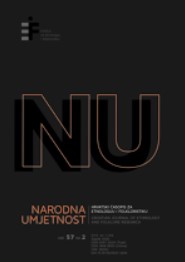
Using the concepts of affective community (Ahmed 2015; Hutchison 2016) and affective management of “war heritage” (Logan and Reeves 2009; Gegner and Ziino 2012; Lončar 2014; Stublić 2019), the article examines how social subjects in Western Slavonia – a micro-location with many places of memory and a dense accumulation of historical traumas within them – are constructed as resisting and/or conforming to the dominant hegemonic policy of remembering the Homeland War as the “cornerstone of reasoning” in Croatia (Blanuša 2017). The examples analysed range from the activities of a local “memory agent” and the founder of a digital archive of local history to the reception of a book of testimonies and a documentary on the humanity of Pakrac’s medics in the war (Lessons on Humanity, 2017 and 2019). Based on these examples, I identified different strategies of cultural, pedagogical and ideological re-presentation and re-animation of local war heritage in the social and digital environment. These strategies are different responses to the fear that the feeling of social connection to war events and veterans as symbols of national unity and pride has been ebbing away. However, there has also been a noticeable shift on the Croatian (semi-)periphery from a ceremonial commemorative culture to a digital culture of memory of war, fostered by affective communities which transcend local, ethnic and generational boundaries. The second shift is semantic – the tendency to replace victimological and triumphalist war narratives with those of “humanitarian heroism” and positive war stories about humanity, about helping and rescuing people from the “enemy side”. In conclusion, even though the Croatian “social framework of memory” (Halbwachs 2013) offers different models for transforming fear, pain, violence and the trauma of war into “cultural heritage”, only individuals remember and feel, and very few among them become memory agents and activists of “mnemonic resistance” (Molden 2016) with a significant role in the struggles over the meaning of the past.
More...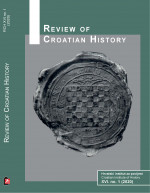
The review of: Ivo Goldstein, Jasenovac (Zaprešić; Jasenovac: Fraktura; Public Institution Memorial Area Jasenovac, 2018) 958 pp., [32 pp.] with tables: illus., geographical maps; 24 cm
More...![WHAT IS THE PURPOSE OF RAZUM [SANITY]?](/api/image/getissuecoverimage?id=picture_2020_59401.jpg)
What is the purpose of Razum [Sanity]? On Dr. Stjepan Razum’s comment of my review of the book Jasenovac by Professor Ivo Goldstein, PhD, published in Časopis za suvremenu povijest [Journal of Contemporary History] 51 (2019), no. 1
More...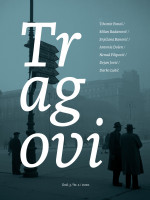
The paper chronologically presents the crimes of the First Ustasha Defense Division (1st UDD) against the Serb population of Crkveni Bok municipality during the Second World War. The emphasis was given on the crimes of 1944, since the suffering of the local population during that year remained in the shadow of the events and crimes commited in 1942. Residents of the municipality were interned in the Jasenovac camp several times. On October 13, 1942, over a thousand locals were interned but were soon released from the camp. Based on new sources, we are able to assess the approximate number (about 90) of locals killed on October 13, 1942. On several occasions during 1944, members of the 1st UDD entered the municipality, capturing, killing or interning the locals. The second most massive internment took place on August 22, 1944, when about 30 people were killed in the villages and about 220 locals were interned. None of the internees survived the war. The paper also reveals details about the attacks of the German forces on the villages of the Crkveni Bok municipality during 1943 and 1944, when over 20 locals were killed. Furthermore, the paper reveals the structure and activities of the 8th Company of the 1st UDD and the Ustasha militia from the village Puska, whose members were mostly involved in crimes against the inhabitants of Crkveni Bok during 1944. An important part of the paper is devoted to the formation and operation of the Banija Self-Protection Brigade, a collaborating militia that operated in several Serb villages in Banija, including the municipality of Crkveni Bok. Most of the data presented in this paper are based on research and analysis of hitherto unused archival material. Among the findings of this research are the identities of several dozen unregistered victims of the Jasenovac camp.
More...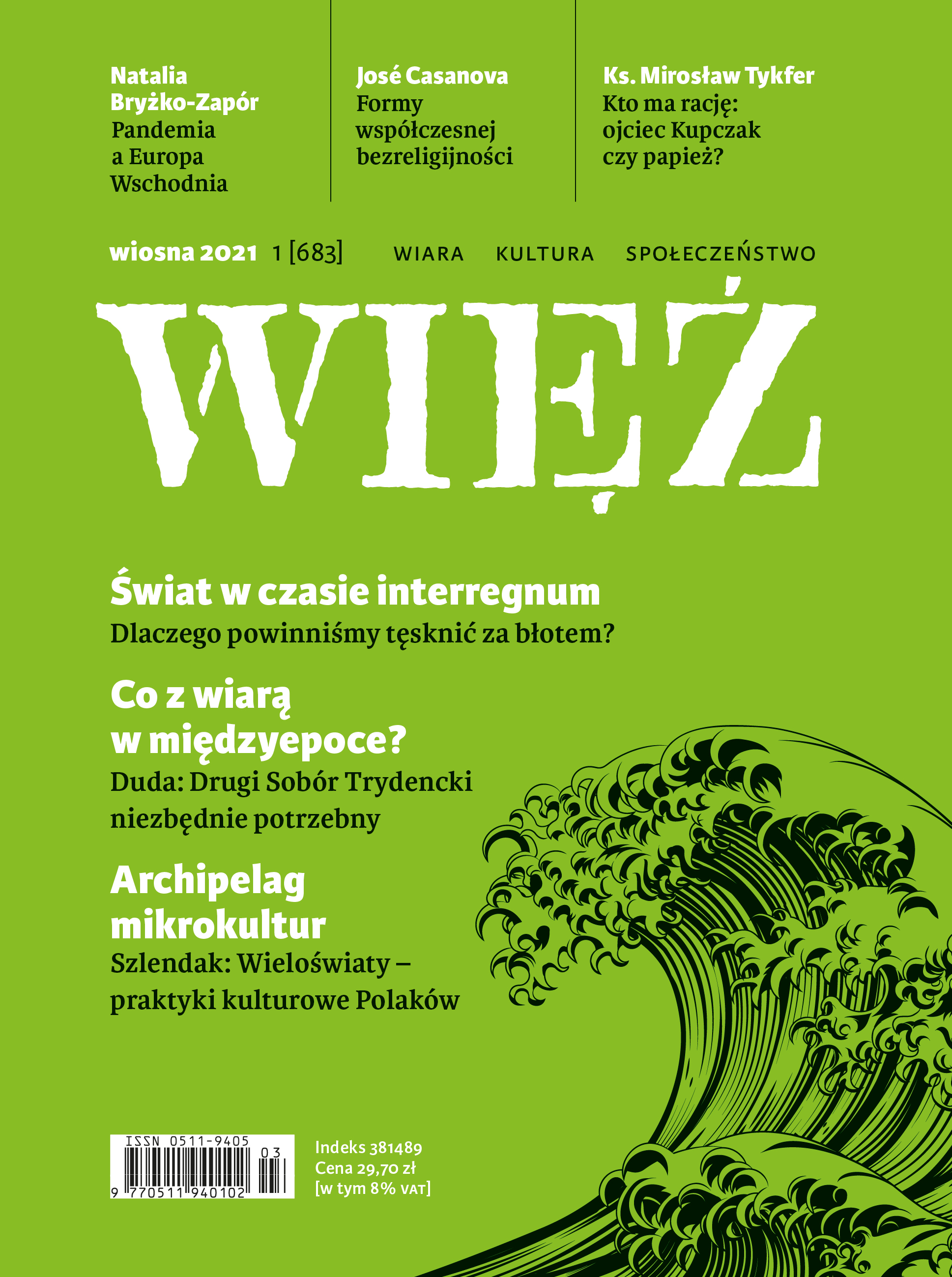
Wielu Syryjczyków, którzy już dawno stracili nadzieję, że ich bliscy powrócą, w napięciu otwiera kolejne strony w przeglądarce. W głowie kłębią się myśli: czy ten mężczyzna, któremu wyłupiono oczy, przypomina mojego syna? A może ta twarz z wybitymi zębami należy do mojego brata? Czy ten wychudzony i zsiniały człowiek to mój ojciec?
More...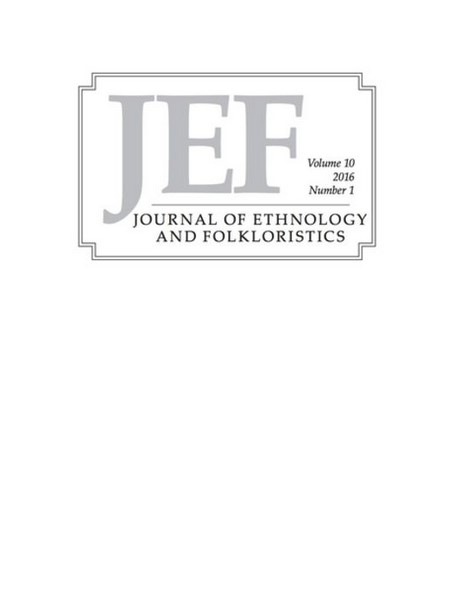
This article will look at how domestic and sexual violence against women is presented in the Icelandic folk legend collections from the 19th and early 20th centuries. Gender-based violence is a subject relatively absent in Icelandic legend collections which were mostly told, collected and published by men (the exception being the collection of Torfhildur Þorsteinssdóttir Hólm). Violence plays a role in the subordination of women, and there is good reason to consider how violence against women is portrayed in the oral legends of the past. I will among other things consider the effect these particular legends might have had on those who heard them and examine the roles of the legends in maintaining and shaping a discourse which in many cases may well have attempted to normalise this violence.
More...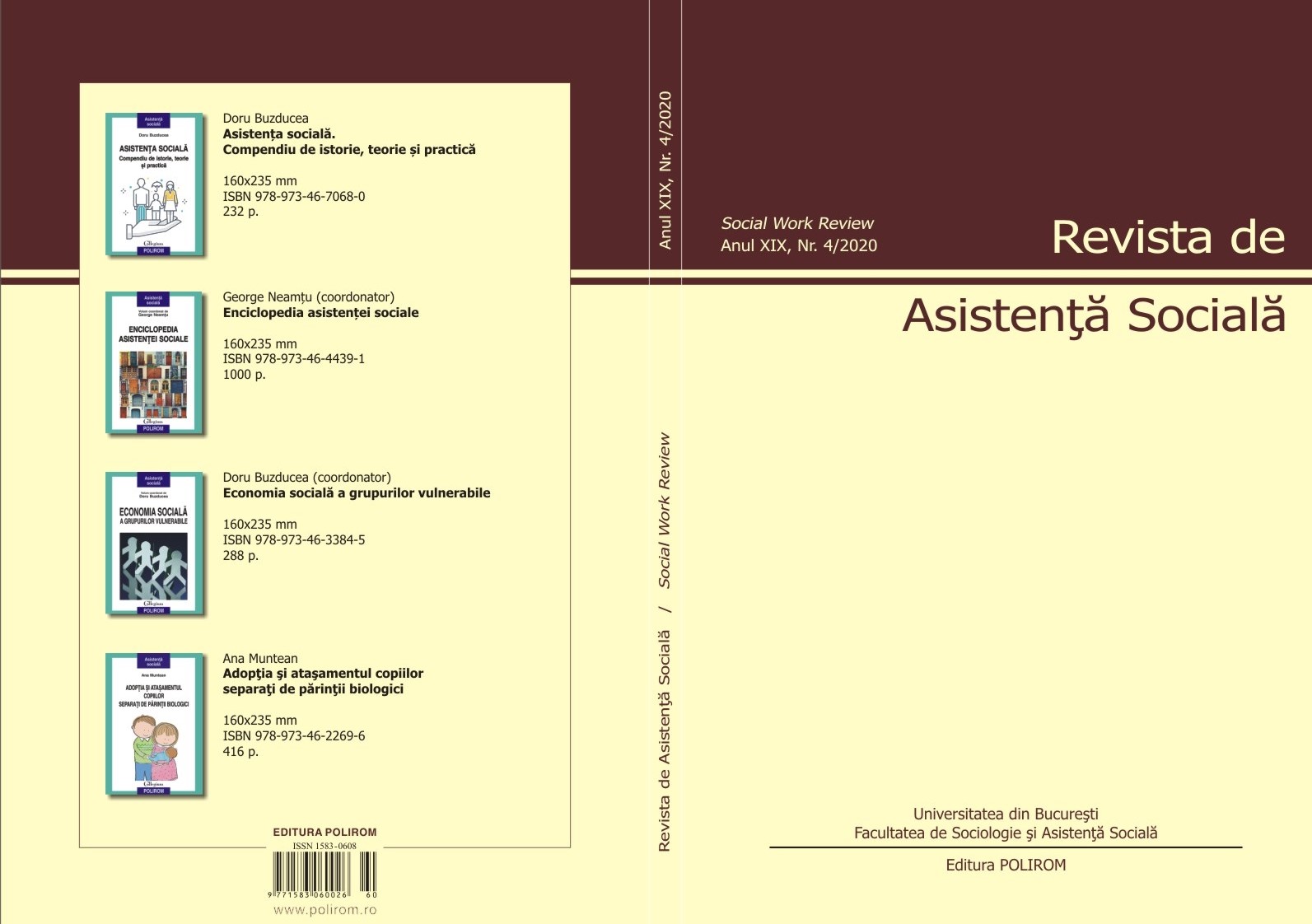
People in prison have long been recognized as a vulnerable group with a higher risk of suicide compared to general population. Previous studies already concluded that certain individual-level characteristics of inmates (e.g. psychiatric diagnosis and repetitive self-harm) are associated with engagement in suicide behavior while incarcerated. In this study, using the official data from the records of National Administration of Penitentiaries, we have examined trends in prison suicide rates over the period of 2014-19. Additionally, we described the socio-demographic profile, criminological and clinical characteristics, temporal and spatial trends. It is utterly important that all inmates with a higher risk for suicide to be identified when admitted to the detention facility and to have access to continuous mental health services while incarcerated. Also, it is also important that potentially suicidal inmates never be housed alone in a cell, and that the entire staff (administrative, custodial and clinical) be offered adequate training in recognizing and intervening in time in order to prevent suicide.
More...